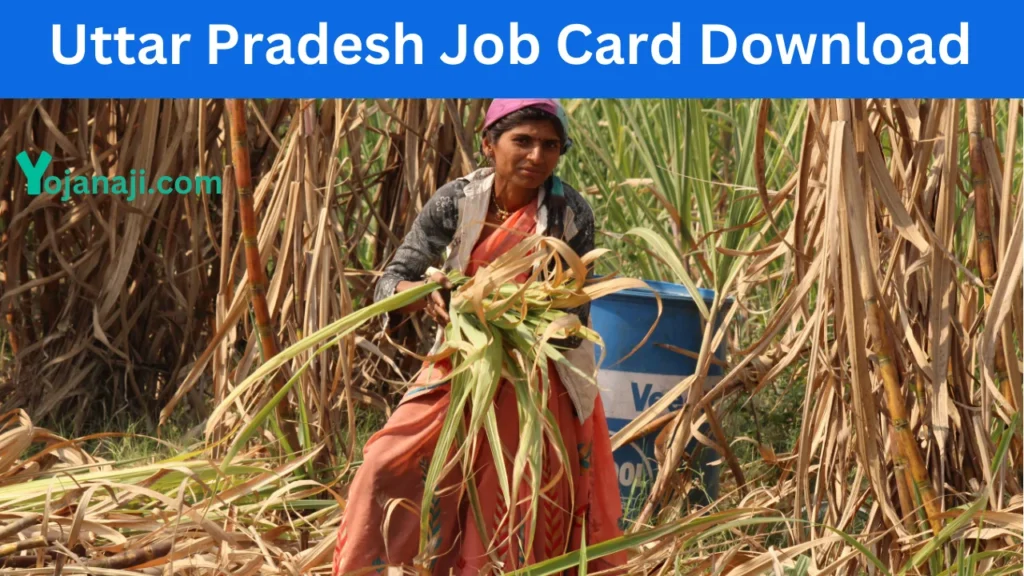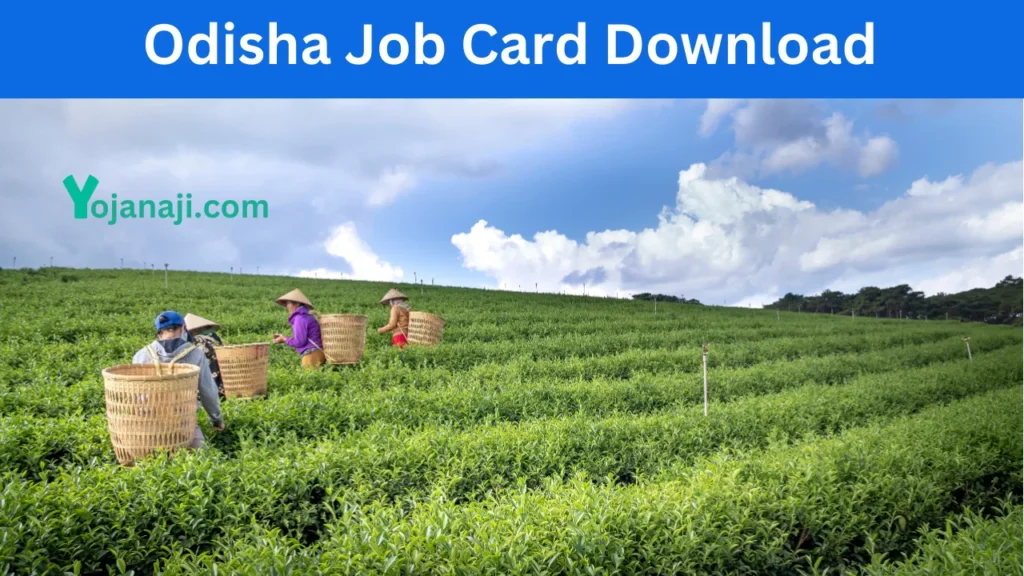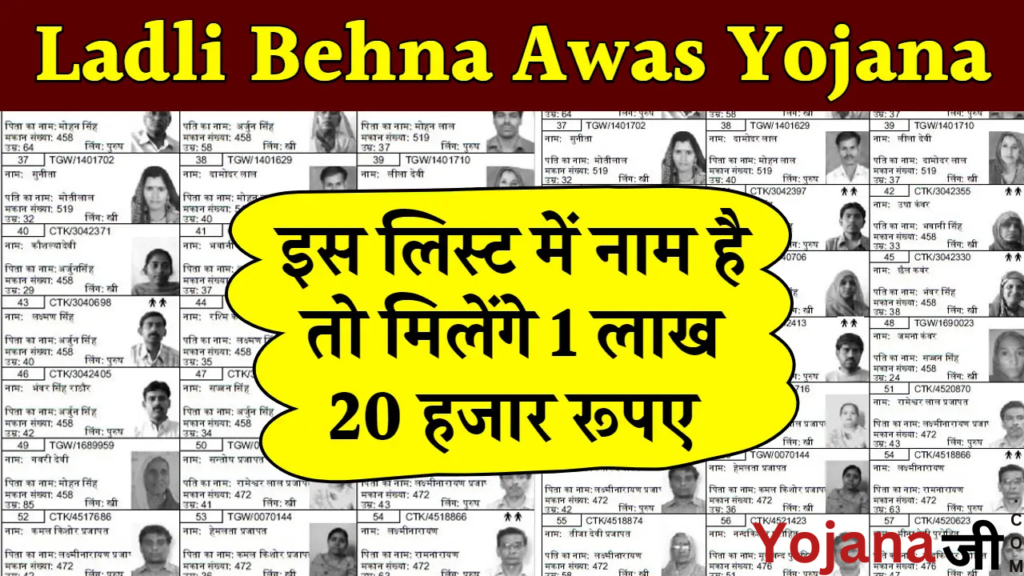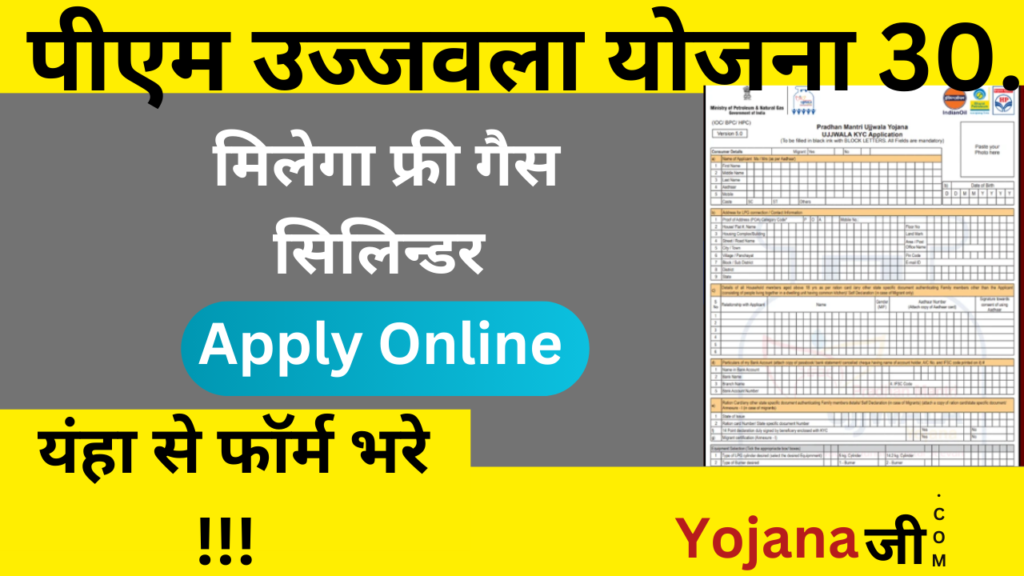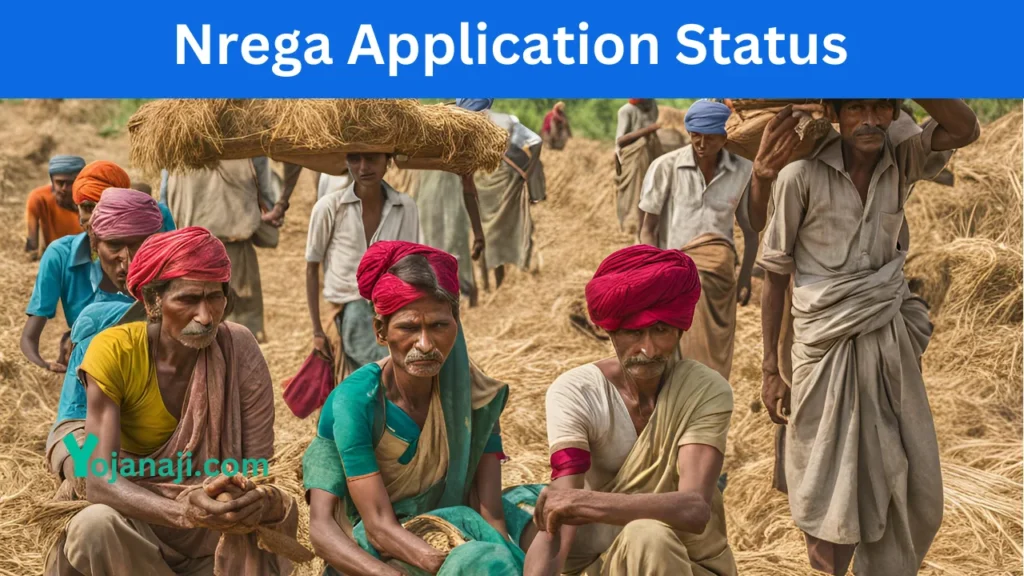The NREGA wage list is more than just a table of numbers; it represents the financial lifeline for millions of rural households. Instituted to provide at least 100 days of wage employment to every rural household whose adult members volunteer to do unskilled manual work, the wage list ensures transparency and fairness in wage distribution. This transparency is crucial in maintaining the credibility of the scheme, preventing exploitation, and ensuring that workers are paid promptly and adequately for their labor.
The wage list also plays a pivotal role in uplifting the socio-economic status of rural laborers. By guaranteeing a minimum wage, NREGA helps to alleviate poverty, reduce migration to urban areas, and boost local economies. The wages earned under this scheme often provide the necessary financial support for households to meet their basic needs, including food, education, and healthcare.
How to Find the NREGA Wage List
The NREGA wage list is a crucial resource for laborers, policymakers, and stakeholders involved in rural development. It provides information on the wages set for different types of work under the Mahatma Gandhi National Rural Employment Guarantee Act (MGNREGA). Here’s a step-by-step guide on how to find the NREGA wage list:
Step 1: Visit the Official NREGA Website
The most reliable source for accessing the NREGA wage list is the official NREGA website. The website is managed by the Ministry of Rural Development, Government of India, and contains comprehensive information about the scheme.
- Open your web browser and go to the official NREGA website: nrega.nic.in
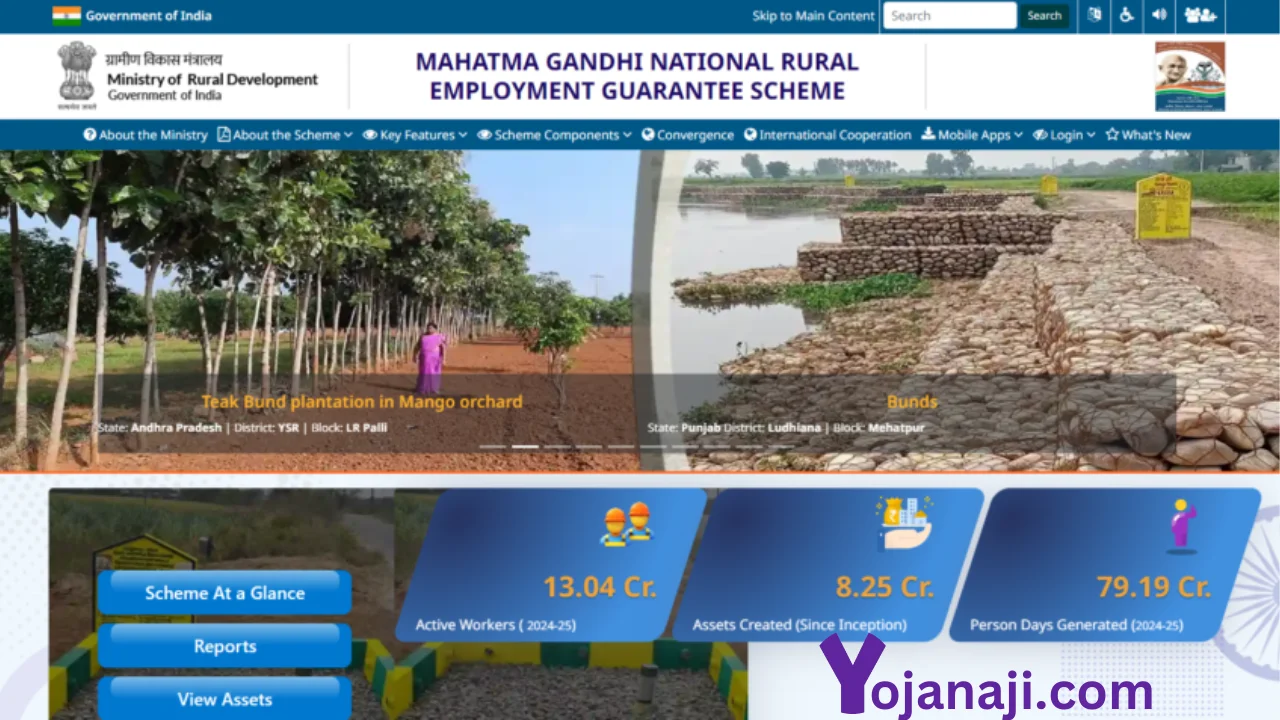
Step 2: Navigate to the Wage Rates Section
Once you are on the NREGA homepage, follow these steps to find the wage list:
- Look for the “Reports” or “Information” section on the website’s homepage. This is usually found in the main menu or under specific tabs dedicated to data and reports.
- Click on “Reports” or a similar option that leads you to various NREGA-related documents and reports.
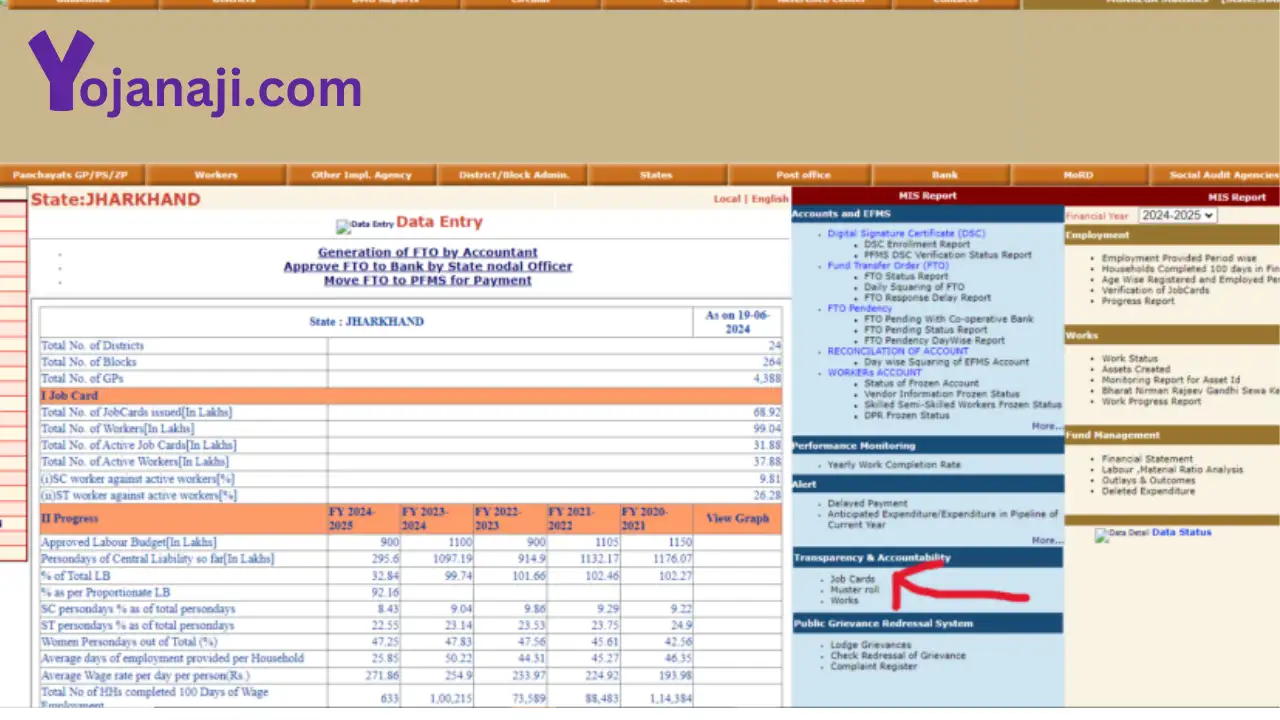
Step 3: Access the Wage Rates Information
In the Reports section, you will find various options related to NREGA data. To specifically access the wage rates:
- Look for the link or tab labeled “Wage Rates” or “Wage List.”
- Click on this link to access the page containing wage rate information.
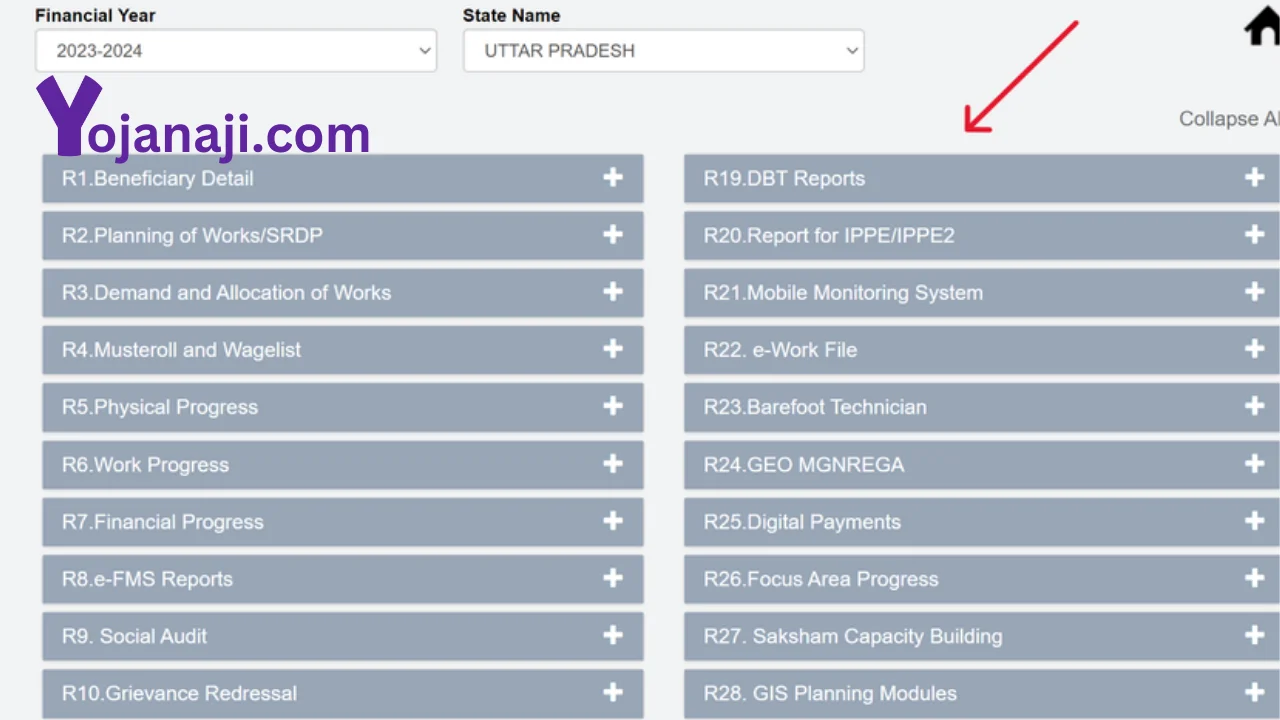
Step 4: Select Your State and Financial Year
NREGA wage rates can vary by state and are updated periodically. To find the specific wage list for your area:
- Select your state from the dropdown menu or list provided on the Wage Rates page.
- Choose the relevant financial year for which you want to view the wage rates. NREGA wage rates are updated annually, so make sure to select the current or desired year.
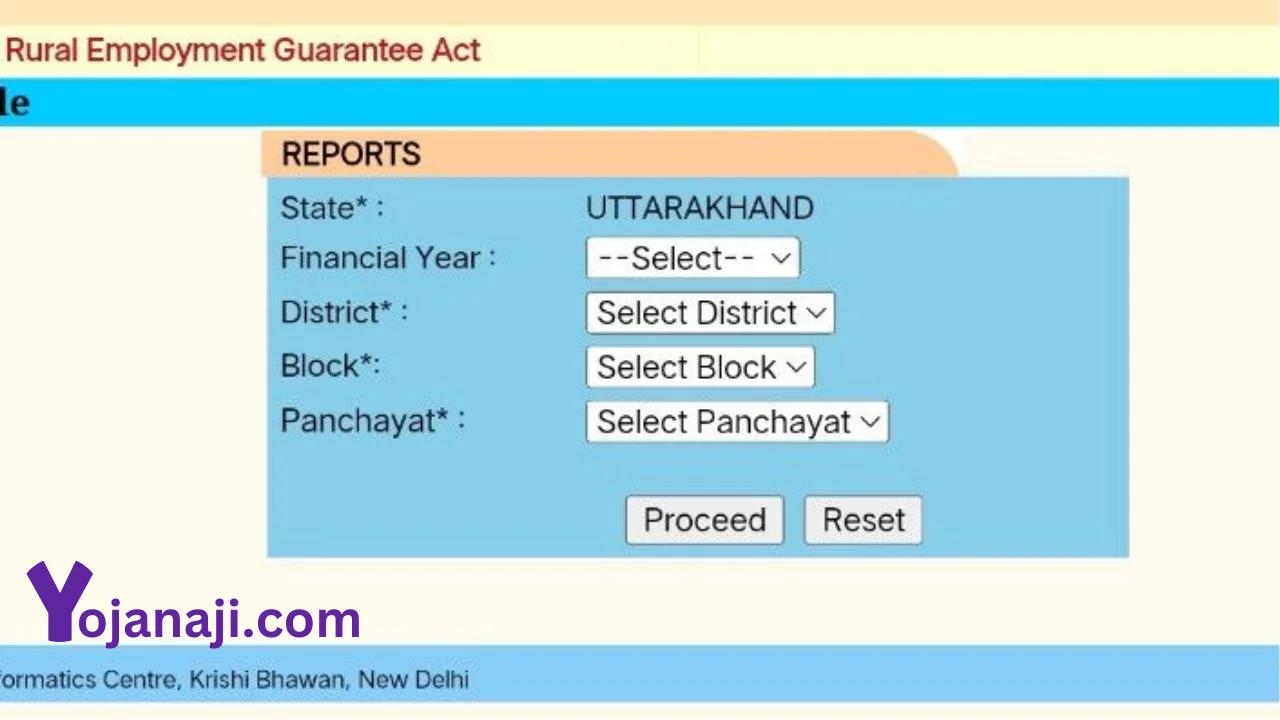
Step 5: View and Download the Wage List
After selecting your state and financial year, the website will display the wage rates applicable to various categories of work under NREGA. You can:
- View the wage list directly on the webpage.
- Download the wage list in PDF or Excel format if available, for offline reference.
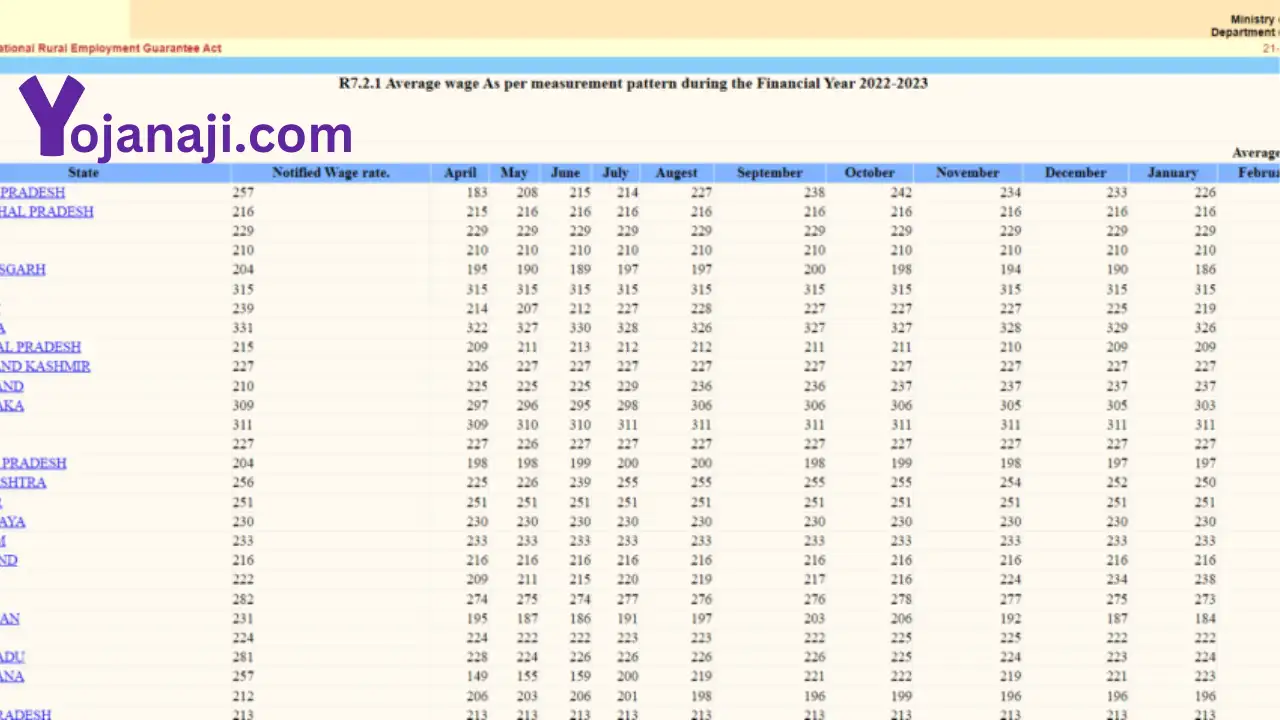
Additional Resources
If you face difficulties navigating the website or need more specific information, the following resources can be helpful:
- Local Gram Panchayat Office: Visit your local Gram Panchayat office where NREGA wage lists are often displayed on notice boards.
- Block Development Office: Contact the Block Development Office for assistance in accessing the wage list.
- Helpline: Use the NREGA helpline numbers provided on the official website for direct support.
Determining the NREGA Wages
The process of determining NREGA wages is meticulous and involves multiple layers of governance. Wages under NREGA are linked to the Minimum Wages Act, of 1948, and are periodically revised to reflect inflation and cost of living adjustments. The Ministry of Rural Development, in consultation with state governments, sets these wages. Each state has the autonomy to set its wage rates based on local economic conditions, subject to a minimum threshold mandated by the central government.
The wage rates are determined by taking into account several factors, including the Consumer Price Index for Agricultural Labourers (CPI-AL), prevailing local wage rates, and recommendations from various committees and expert bodies. This dynamic approach ensures that wages remain fair and competitive, aligning with the changing economic landscape and living costs.
Accessing the NREGA Wage List
Transparency is a cornerstone of NREGA, and the wage list is made accessible to the public through various means. The NREGA website is the primary platform where updated wage lists are published regularly. Laborers and other stakeholders can access this information online, ensuring they are aware of the wage rates applicable in their respective states and districts.
Additionally, wage lists are also displayed at prominent public places within the village, such as the Gram Panchayat office, to ensure that workers without internet access can still stay informed. The practice of publicly displaying wage lists helps foster accountability and enables workers to verify that they are receiving the correct wages for their work.
Accessing the NREGA wage list is a crucial step for workers to verify their payment details and ensure they are compensated correctly for the work done. The wage list provides a transparent record of wages credited to the bank or post office accounts of workers under the Mahatma Gandhi National Rural Employment Guarantee Act (NREGA). This process helps in maintaining accountability and prevents discrepancies in wage payments.
To access the NREGA wage list, workers or their representatives can visit the official NREGA website. Once on the website, they need to select their respective state, district, block, and Gram Panchayat from the drop-down menus. After selecting the relevant details, they can click on the “Wage List” or “Payment Details” section, which displays the wage payment information.
The wage list typically includes details such as the worker’s name, job card number, the number of days worked, the amount paid, and the date of payment. Workers can cross-check this information with their job card entries and bank account statements to ensure accuracy. If there are discrepancies or delays in payment, they can bring it to the notice of the local authorities or file a complaint through the grievance redressal system.
In addition to online access, wage lists are also displayed at the Gram Panchayat offices for transparency. This allows workers who do not have internet access to check their wage details in person. Gram Rozgar Sevaks and other local officials can assist workers in understanding and accessing their wage information if needed.
Overall, accessing the NREGA wage list is a simple yet effective way for workers to stay informed about their earnings under the scheme. This transparency helps in building trust between the workers and the implementing authorities, ensuring that the benefits of NREGA reach the intended recipients efficiently.
Challenges and Reforms in Wage Implementation
While the NREGA wage list is a robust tool for ensuring fair wages, its implementation is not without challenges. One significant issue is the delay in wage payments, which can cause financial distress for workers who rely on timely disbursements. Administrative bottlenecks, procedural delays, and lack of adequate banking infrastructure in rural areas often contribute to these delays.
To address these challenges, the government has been implementing several reforms. The introduction of direct benefit transfer (DBT) mechanisms ensures that wages are directly credited to the workers’ bank accounts, reducing the scope for corruption and delays. Furthermore, efforts are being made to streamline administrative processes, improve digital infrastructure, and enhance grievance redressal mechanisms to ensure timely and accurate wage payments.
The implementation of wage payments under the Mahatma Gandhi National Rural Employment Guarantee Act (NREGA) faces several challenges that affect the timely and accurate disbursement of wages to workers. One major challenge is the delay in payments, which can arise from administrative inefficiencies, such as delays in processing muster rolls, and inadequate fund transfers from the central to the state governments. These delays can cause financial hardships for workers who rely on timely wages for their livelihoods.
Another significant issue is the lack of updated and accurate data in the system, which can lead to discrepancies in wage calculations. Errors in job cards, such as incorrect names or account details, can result in wage payments being delayed or misdirected. Additionally, technical glitches in the online payment systems and poor internet connectivity in rural areas further compound the problem, making it difficult for workers to access their rightful payments.
The grievance redressal mechanism, while established, often lacks the efficiency and responsiveness needed to address workers’ complaints effectively. Many workers are unaware of how to lodge complaints or follow up on delayed or incorrect payments. This lack of awareness and access to grievance mechanisms leaves many issues unresolved, undermining the trust in the system.
Reforms in wage implementation are necessary to address these challenges and improve the effectiveness of NREGA. One reform is the adoption of the Direct Benefit Transfer (DBT) system, which aims to streamline the payment process by directly crediting wages into workers’ bank accounts. This reduces the risk of leakage and corruption, ensuring that workers receive their wages promptly.
Enhancing the capacity of local administrative bodies and improving the digital infrastructure in rural areas are also crucial reforms. Training local officials to handle digital systems efficiently and ensuring better internet connectivity can minimize delays and errors in wage payments. Furthermore, strengthening the grievance redressal system by making it more accessible and responsive can help address workers’ issues more effectively, ensuring that the objectives of NREGA are met.
In summary, addressing the challenges in wage implementation under NREGA requires a combination of technological, administrative, and systemic reforms. By improving the efficiency and transparency of wage payments, these reforms can enhance the scheme’s impact on rural livelihoods and contribute to the overall goal of poverty alleviation and rural development.
The Impact of NREGA Wages on Rural Livelihoods
The impact of NREGA wages on rural livelihoods has been profound. By providing a steady source of income, NREGA has helped reduce poverty and improve living standards in rural areas. The scheme has also played a critical role in empowering women, as a significant proportion of NREGA workers are women, who often face limited employment opportunities in rural settings.
NREGA wages have also contributed to creating durable assets in rural areas, such as roads, irrigation facilities, and community infrastructure, which in turn stimulate local economies and improve agricultural productivity. The scheme’s emphasis on sustainable development ensures that the benefits extend beyond immediate wage employment, fostering long-term economic growth and resilience.
- Bihar Job Card List
- NREGA MIS Report
- NREGA Registration Process
- Sukanya Samriddhi Yojana (SSY) Apply
- NREGA Job Card Download
- PM Kisan 18th Installment: पीएम किसान योजना की 2000 रुपए की 18वीं किस्त जारी, जानें कैसे करें चेक
- Rajasthan Job Card List
- Jharkhand Job Card List
- Madhya Pradesh Job Card List
- Ladli Behna Yojana 17th Installment: लाडली बहना योजना की 1250 रुपए की 17वीं किस्त जारी, जानिए कैसे चेक करें
- NREGA Job Card List
- Full Form of NREGA- National Rural Employment Guarantee Act
- NREGA Wage List
- NREGA Application Status
- PM Ujjwala Yojana 2025: फ्री गैस सिलेंडर के लिए ऑनलाइन फॉर्म भरना शुरू, जानें कैसे करें आवेदन
- Ladli Behna Awas Yojana List: लाड़ली बहना आवास योजना की नई लिस्ट जारी, अभी चेक करें अपना नाम
- Odisha Job Card List
- Chhattisgarh Job Card List
- Punjab Job Card List
- Uttar Pradesh Job Card List
Conclusion
The NREGA wage list is a vital component of one of the most significant rural employment programs in India. By ensuring fair and transparent wages, it not only provides immediate financial relief to rural households but also contributes to long-term socio-economic development. While challenges remain in its implementation, ongoing reforms and technological advancements hold promise for enhancing the efficiency and impact of this crucial initiative. As we move forward, continued vigilance and commitment to improving the NREGA wage system will be essential in sustaining its positive impact on rural livelihoods.

Tamim is a distinguished policy analyst with over 15 years of experience in analyzing, government schemes and policies. Tamim brings a wealth of knowledge and expertise in the field of social development.

